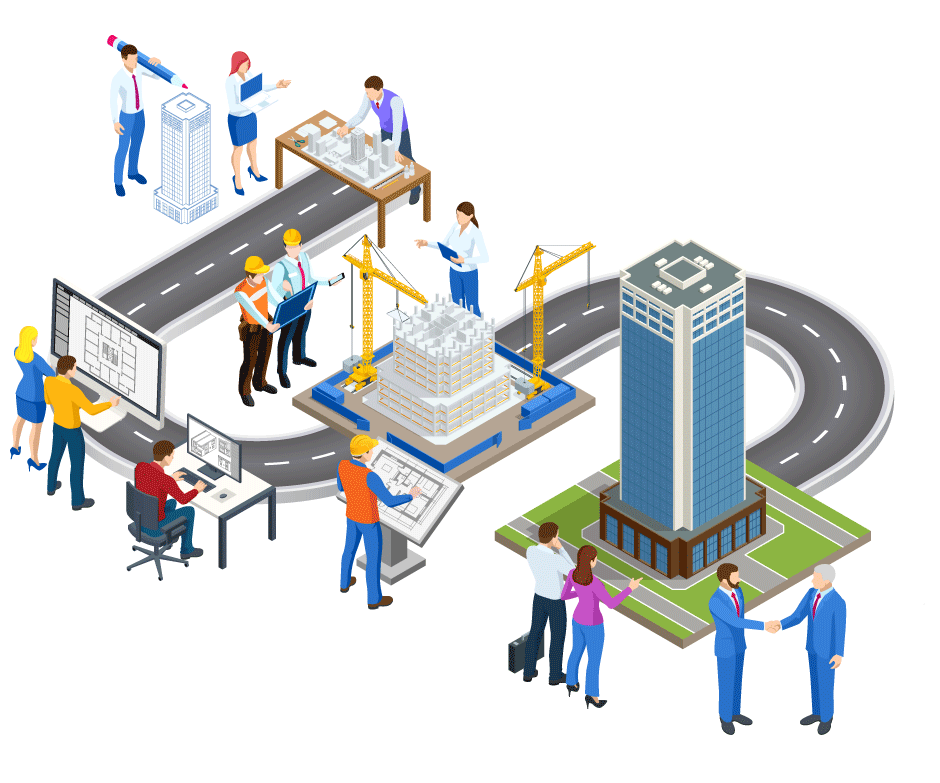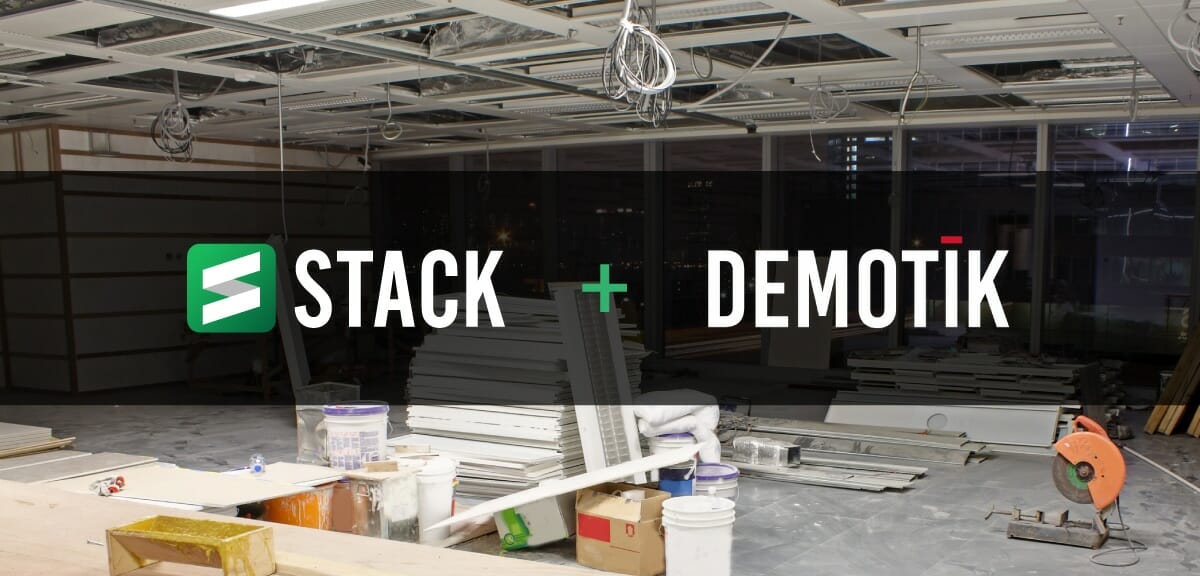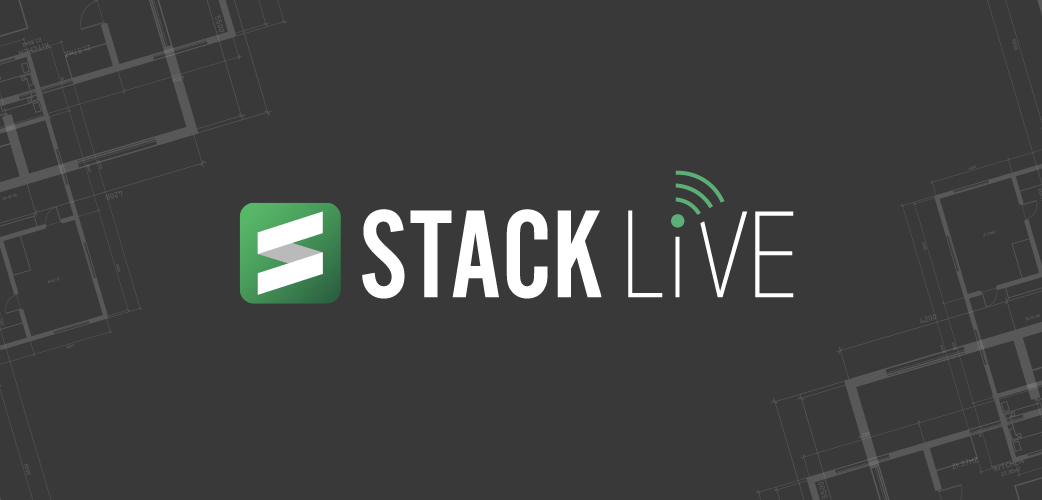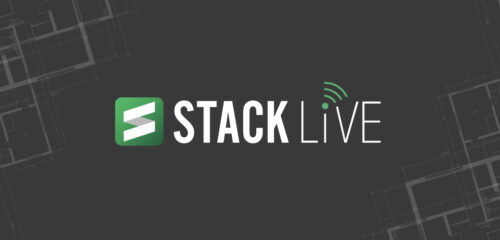There Are Many Advantages When Using Material Takeoff Software over Manual Takeoff Tools
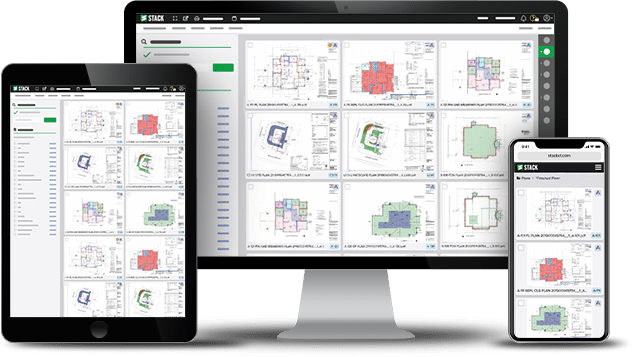
Construction takeoffs, commonly referred to as material takeoffs, are an integral part of the cost estimating process. They can help you accurately assess the total costs of an entire project by providing you with an exhaustive list of materials and labor. Without a complete takeoff, it’s almost impossible to provide a total list of what’s needed to complete a job, which can result in project delays, insufficient materials, and cost overages.
Traditional construction takeoffs, when using manual methods involving pen and paper, can be extremely time-consuming and often times inaccurate. Leveraging software will not only minimize the amount of time you spend putting them together, but will also help you to eliminate costly estimating mistakes. That means you can significantly increase the time you spend bidding new projects!
More often than not, a construction takeoff is completed by an estimator, but subcontractors and suppliers are increasingly finding themselves filling this role. While the concept of a takeoff is relatively straightforward, creating one can be difficult depending on the complexity of the project. Different types of contractors will also have different material requirements (i.e. roofing versus concrete) but the principles of a takeoff are generally the same.
Different Types of Takeoff Measurements
When creating a new takeoff, there are a few key types of measurements required:
Area – A measurement of surface area (typically in square footage). Probably the simplest, and most commonly used measurement. The most critical element to successfully completing an area takeoff is to make sure your scale is correct. Scale can quickly be calibrated using a known distance or using a standard scale using a digital platform. Otherwise, you’re at the mercy of the architect.
Ex: Floor, ceiling, drywall, sloped roof
Linear – A measurement of length, width, and depth (typically in linear footage). Creating a linear measurement sometimes involves accounting for drops, particularly with measuring wires or circuits. It’s extremely easy to standardize or customize a drop distance using software but if performing a manual takeoff you will need a special tool (such as an electronic scale wheel) which requires you to reset the distance each time.
Ex: Baseboard, wire, or PVC
Count – A measurement of the total number of an individual item (typically a whole number). Counting symbols on a plan set can be automated using digital takeoff methods and software or done manually using a handheld tally counter. Ensuring accuracy using the manual method can be tedious as it is suggested that you mark each symbol to signify an item has been accounted for.
Ex: Electrical outlets, fire alarms, or doors
Volume – A measurement of a 2 or 3 dimensional space (typically in cubic yardage). Calculating volume is especially helpful for site and civil work. Contractors that commonly work in concrete or paving use this when they need to account for material in cubic units.
Ex: Concrete slab, wall, or footer, asphalt
Bid Faster. Win More. Build Smarter.
Get your FREE account today to:
- Increase Team Efficiency
- Complete Estimates Faster
- Generate More Revenue
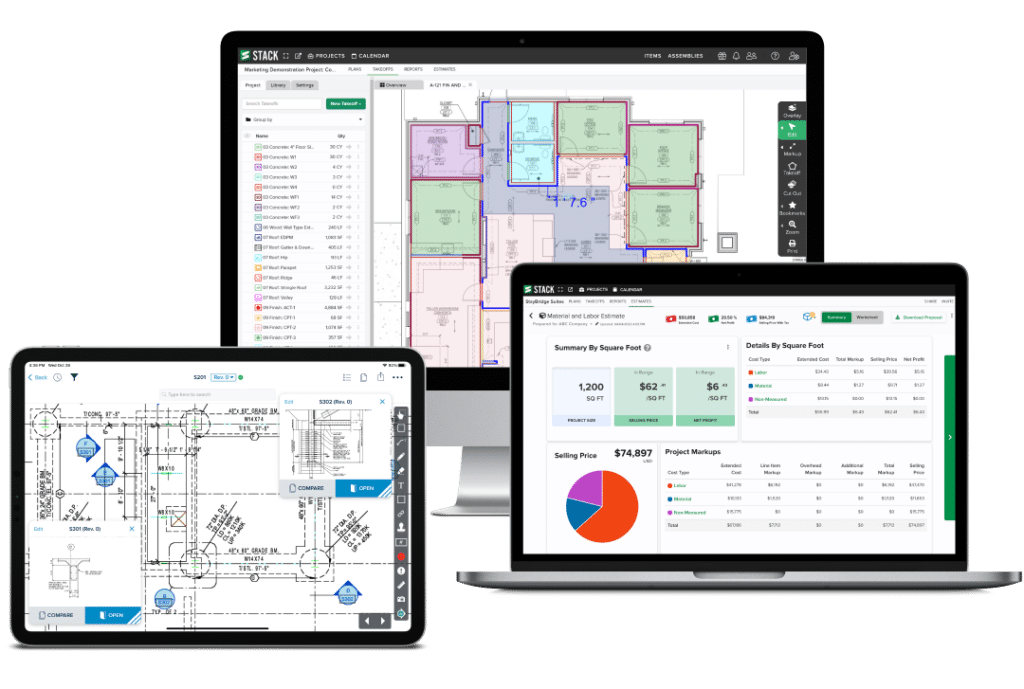
Manual vs Digital Construction Takeoffs
The construction industry has been slow to adopt technology which has led to a drastic decrease in productivity. Despite the growing need to be more effective and efficient, many professionals are still using traditional paper blueprints and plan sets. While it’s possible to complete an accurate material takeoff using manual methods, it presents a lot of uncertainty and inefficiencies.
Performing a manual takeoff requires that the estimator, or other construction professional, can accurately read the plan set. Different variations can occur with different scales being used on every page or copying and re-printing pages using reduced sizes. This can drastically increase the chance of miscalculations and other errors. Additionally, working with paper plans requires some way of being able to distinguish between all of the different items and material types being measured. Using tools, such as colorful pens or pencils and plastic overlays, adds another layer of complexity and is difficult to keep track of. Given all of these challenges and with paper plans being expensive to produce and print, a lot of innovative construction professionals are going digital and adopting new technologies.
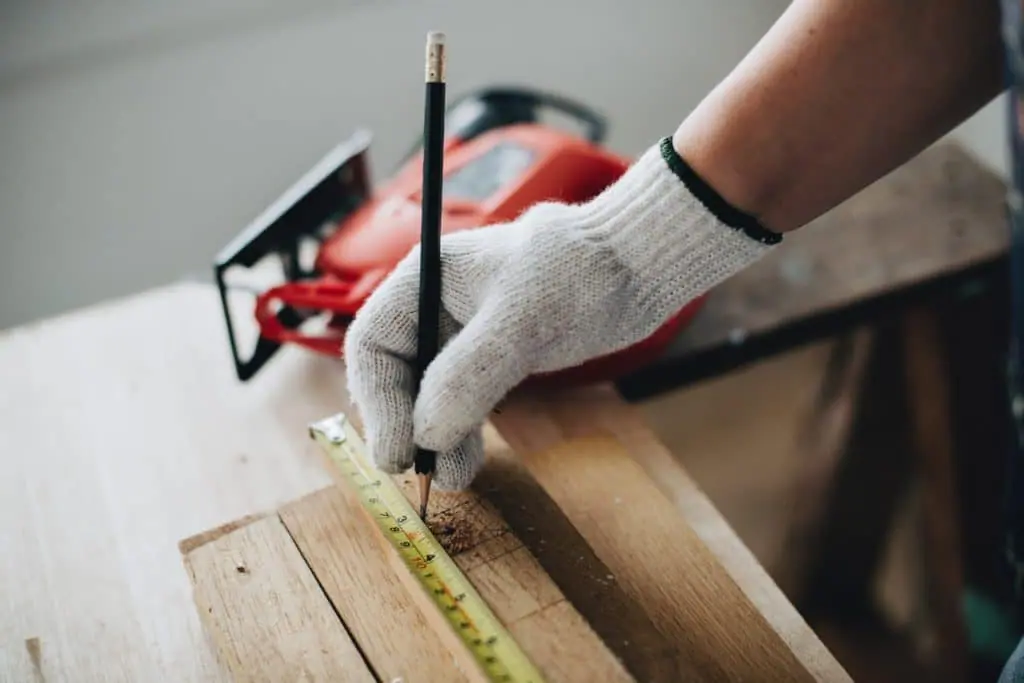
Digital takeoff methods have many advantages over manual methods. They can increase your estimate accuracy, decrease the time it takes to produce a takeoff and estimate, and have a lower expertise requirement. Material takeoff software, in general, has cut down on the complexity of the pre-construction process and the chance for error on your calculations. While the digital and manual processes are extremely similar, the key difference is that software has automated a lot of the more complex, tedious processes. To cut down on printing costs (which is a huge savings on its own) a lot of companies are producing digital plans. This empowers estimators to leverage software to simplify and partially automate their takeoff process. STACK, a web-based takeoff and estimating platform, is helping contractors easily create accurate digital takeoffs and ensure the profitability of their projects every day! STACK serves a diverse range of trade specialties, so constructional professionals can rest assured that they’ll have all the tools they need to measure any number of materials.
STACK software enables estimators and other construction professionals to produce takeoff and cost estimates within the same program. Once your material takeoff is complete, you can easily put your measurements into an effective and professional looking quote. When adjustments need to be made, it’s as simple as changing the numbers in a few fields.
Create a Free STACK account and start saving time, increasing estimate accuracy, and winning more profitable work!

